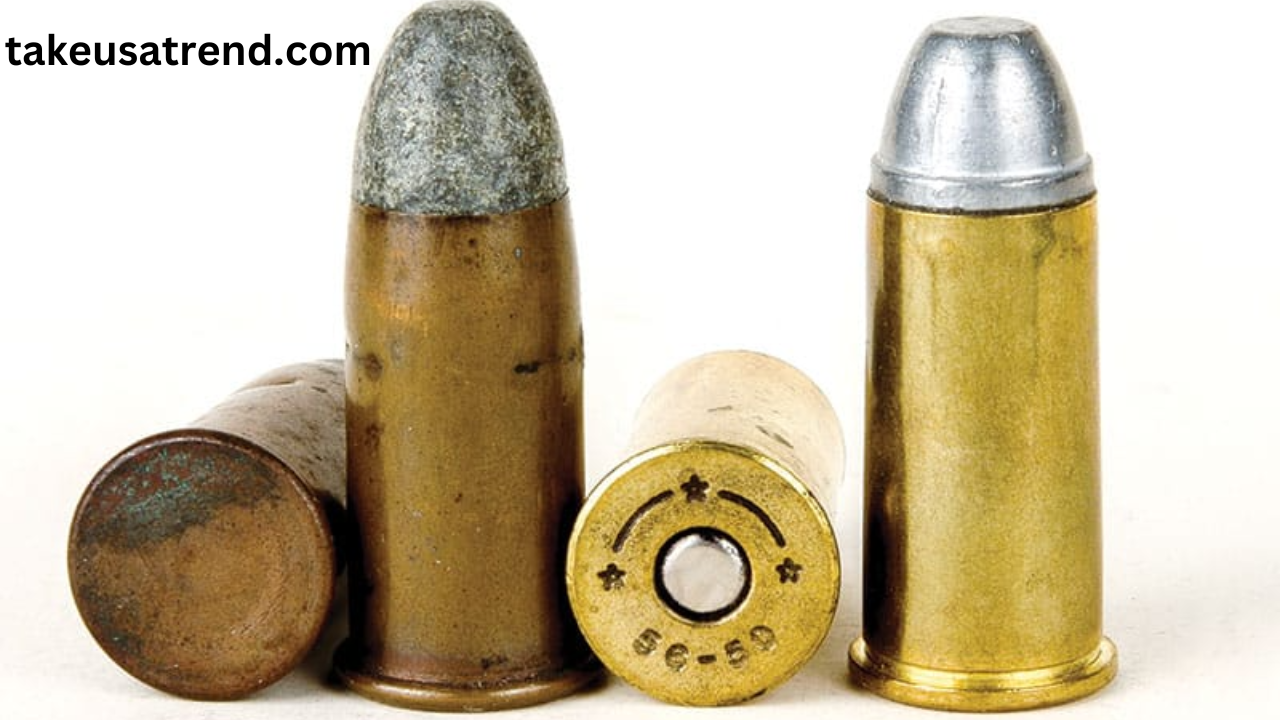

The 56-46 Spencer Bullet A Historical Overview
The 56-46 Spencer bullet is an iconic piece of firearm history, representing a key technological innovation during the mid-19th century. Its story intertwines with the development of the Spencer repeating rifle, which revolutionized warfare during the American Civil War. This article will delve into the origins, technical specifications, and historical significance of the Spencer bullet, as well as its enduring legacy in the realm of firearms and ammunition.
Origins of the 56-46 spencer bullet
In the mid-19th century, technological advancements in firearms were rapidly reshaping how wars were fought. The Spencer repeating rifle, designed by Christopher Miner Spencer in 1860, became one of the most influential firearms of the Civil War era. It was the first widely adopted repeating rifle that used metallic cartridges, offering soldiers a significant advantage in terms of firepower and rate of fire.
The original cartridge for the Spencer rifle was the 56-46 spencer bullet, but as firearm technology progressed, newer iterations of the ammunition were developed to improve performance. Among these was the 56-46 Spencer cartridge, which addressed some of the limitations of its predecessor and offered improved accuracy and efficiency.
Technical Specifications of the 56 46 Spencer Bullet
The 56-46 Spencer cartridge was a rimfire metallic cartridge, a cutting-edge technology at the time. Rimfire cartridges feature a priming compound located in the rim of the case, which ignites the powder charge when struck by the firing pin. This innovation simplified the loading and firing process compared to earlier muzzleloading firearms.
Key specifications of the 56-46 Spencer cartridge include:
- Case Design:
- The 56-46 Spencer had a tapered case compared to the earlier 56-56 version, allowing for more consistent chambering and extraction.
- The designation “56-46” refers to the diameter of the case at the base (approximately .56 inches) and the diameter at the neck (approximately .46 inches).
- Bullet Characteristics:
- The bullet itself was smaller and lighter than the original 56-56 round, weighing around 300 grains.
- It was typically made of lead, as was standard for the time, and had a conical shape designed to enhance aerodynamic performance.
- Powder Charge:
- The 56-46 Spencer was loaded with approximately 45 grains of black powder, generating sufficient velocity to engage targets at moderate ranges effectively.
- Effective Range:
- The cartridge had an effective range of about 200-300 yards, making it suitable for skirmishes and medium-range engagements.
The reduced size and weight of the 56-46 spencer bullet improved ballistic performance while also reducing recoil, making the firearm more manageable for soldiers in the field.
The Transition to the 56-46 Spencer
The shift from the 56-56 to the 56-46 Spencer cartridge was driven by the need for greater efficiency and accuracy. While the original 56-56 cartridge was effective, its larger bullet and higher powder charge produced significant recoil and limited precision at longer distances. By introducing a smaller and lighter projectile, the 56-46 Spencer provided:
- Improved Accuracy:
- The smaller bullet allowed for better stability in flight, reducing deviations caused by environmental factors such as wind.
- Enhanced Efficiency:
- The reduced powder charge lowered recoil, enabling soldiers to maintain better control over their rifles during rapid fire.
- Compatibility:
- The 56-46 Spencer cartridge was compatible with newer versions of the Spencer rifle, which had been modified to accommodate the updated ammunition.
This transition reflected the broader trend in firearms development during the late 19th century, where emphasis was placed on optimizing performance and usability for individual soldiers.
Historical Significance of the 56-46 Spencer Bullet
The adoption of the 56-46 Spencer cartridge marked a significant milestone in the evolution of small arms ammunition. During the Civil War, Spencer rifles and their innovative cartridges provided Union forces with a distinct tactical advantage. The ability to fire multiple shots without reloading drastically increased the rate of fire, giving Union soldiers an edge over their Confederate counterparts, who relied primarily on single-shot muskets.
While the 56-46 Spencer cartridge itself was introduced after the Civil War, its lineage can be traced back to the innovations that made the Spencer rifle so revolutionary. By the time the 56-46 cartridge was developed, the Spencer rifle had already cemented its reputation as a game-changing weapon. The newer cartridge extended the rifle’s utility into the post-war period, where it saw continued use in various conflicts and civilian applications.
Previous article; Aolithium 51.2v 100ah Server Rack lithium teardown A Detailed Analysis
Post-War Use and Legacy
Following the Civil War, the Spencer rifle and its associated cartridges remained in use during the Reconstruction era and the westward expansion of the United States. The compact and reliable design of the rifle, combined with the improved 56-46 spencer bullet, made it a popular choice for settlers, law enforcement, and Native American tribes.
As technology advanced, however, the Spencer rifle and its ammunition gradually became obsolete. By the late 19th century, centerfire cartridges and bolt-action rifles had largely replaced rimfire designs like the 56-46 Spencer. Despite this, the Spencer rifle and its cartridges left an indelible mark on the history of firearms.
- Influence on Ammunition Design:
- The 56-46 Spencer exemplified the advantages of metallic cartridges, paving the way for future developments in ammunition technology.
- Cultural Impact:
- The Spencer rifle and its cartridges became symbols of innovation and resilience, frequently featured in historical accounts and popular media.
- Collector’s Item:
- Today, the 56-46 Spencer cartridge is highly sought after by collectors and firearm enthusiasts, valued for its historical significance and unique design.
Modern Perspectives on the 56-46 Spencer Bullet
While the 56-46 Spencer cartridge is no longer in production, it continues to hold a place of honor among historians and firearm enthusiasts. Modern reproductions of the Spencer rifle often use custom-made ammunition that mimics the original 56-46 specifications, allowing enthusiasts to experience the rifle’s capabilities firsthand.
In the realm of historical reenactments and shooting sports, the 56-46 Spencer cartridge represents a tangible connection to a pivotal era in American history. Its innovative design serves as a reminder of the ingenuity that characterized the Civil War and the transformative period that followed.
Conclusion
The 56-46 Spencer bullet stands as a testament to the rapid advancements in firearm technology during the 19th century. From its origins as an improvement on the groundbreaking 56-56 cartridge to its enduring legacy in the annals of firearms history, the 56-46 Spencer represents a key chapter in the evolution of small arms ammunition.
As we reflect on the impact of the 56-46 Spencer cartridge, it is clear that its significance extends beyond its technical specifications. It embodies the spirit of innovation that defined an era and continues to inspire modern firearms enthusiasts and historians. Whether viewed as a technological milestone or a symbol of historical ingenuity, the 56 46 Spencer bullet remains a fascinating and enduring artifact of American history.








